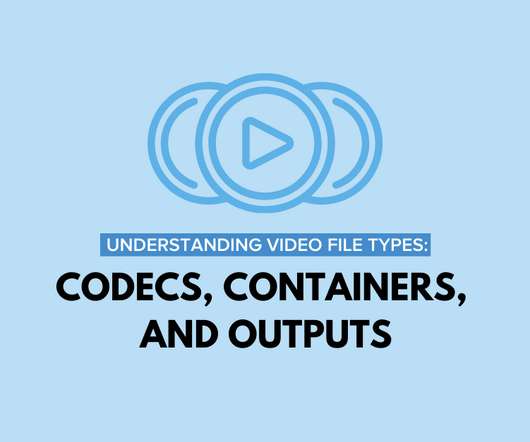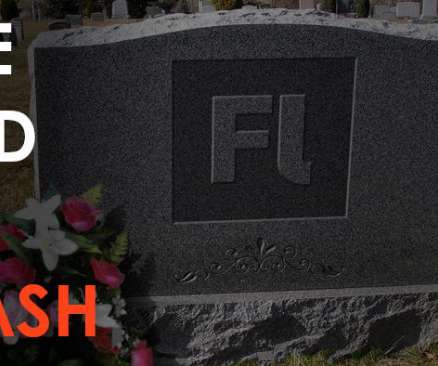The Open Screen Project – Will It Succeed?
Upside Learning
MARCH 15, 2010
The Open Screen Project was started to help create a singular experience on multiple devices (using Flash) be it Computers, Mobiles, TV or Game consoles. Obviously, using Flash platform tools offered by Adobe. The most important one is Adobe removing restrictions on SWF and FLV/F4V specifications. How’s it going?




















Let's personalize your content